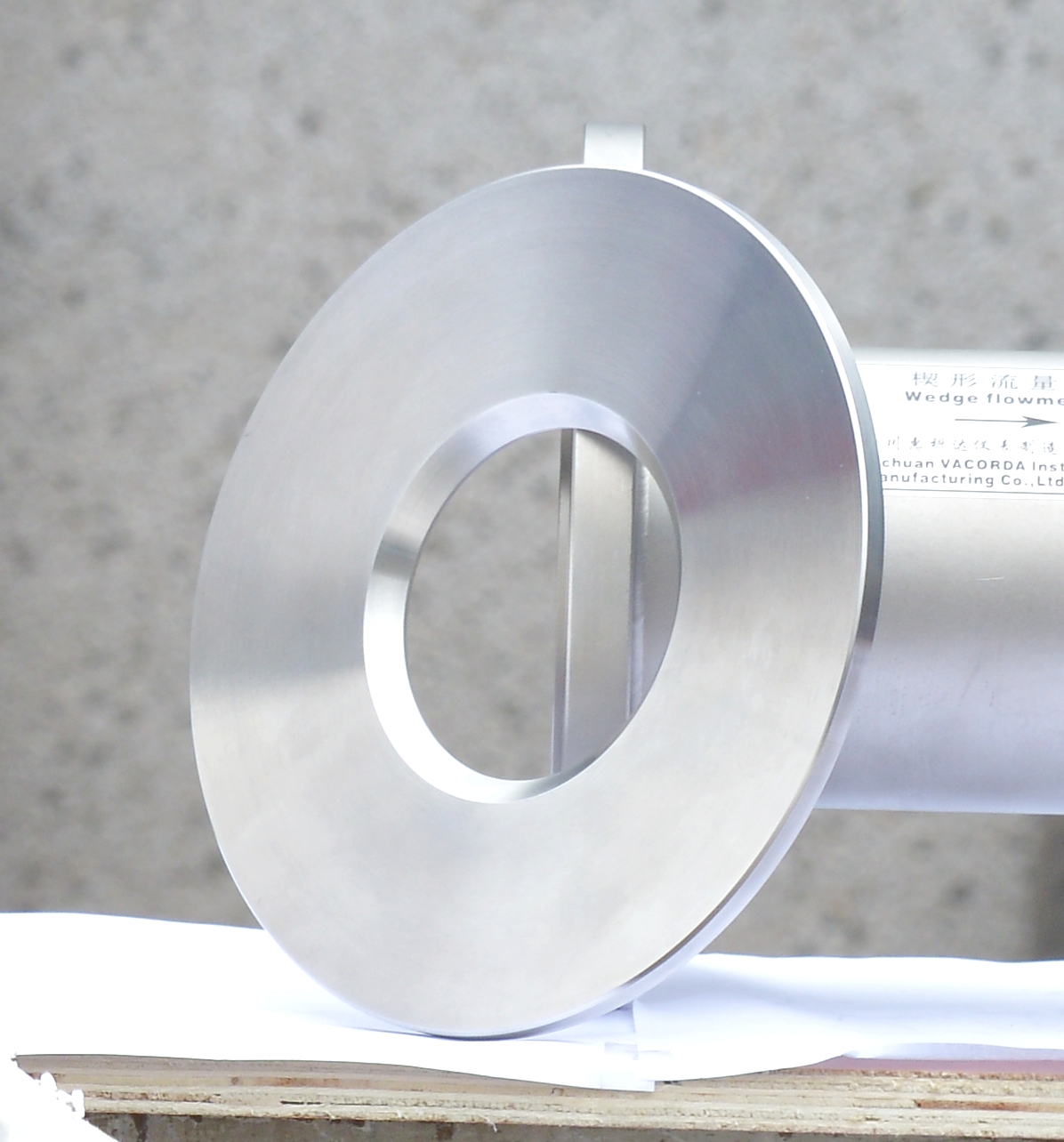There are 5 ways to take pressure for the domestic throttling flowmeter (throttling device) in terms of orifice plate: angle joint pressure, flange pressure, diameter pressure, theoretical pressure and pipe joint pressure. As far as the nozzle is concerned, there are only two types: angle joint pressure and diameter pressure.(l) The distance between the axial line of the pressure hole on the upper and downstream sides of the corner joint pressure and the front and rear ends of the orifice plate (nozzle) is equal to half the diameter of the pressure hole, or equal to half the width of the pressure ring gap, so the pressure hole The penetration point is exactly level with the end face of the orifice plate, and the pressure taking of the corner joint includes the pressure taking of the annular chamber and the pressure taken by the separate drilling.(2) The distance from the center of the pressure-taking holes on the upper and downstream sides of the flange to the front and rear ends of the orifice plate is (25.4±0.8) mm.(3) The distance between the center of the pressure hole on the upstream side and the front end surface of the orifice (nozzle) is 1D, and the distance between the center of the pressure hole on the downstream side and the back end of the orifice (nozzle) is 1/2D.(4) Theoretical pressure method The distance from the center of the pressure hole on the upstream side to the front end of the orifice plate is 1D ± 0.1D, and the distance from the center line of the pressure hole on the downstream side to the back end of the orifice plate varies with β=d/D. The size varies.(5) The centerline of the pressure-taking hole on the upstream side of the pipe connection is 2.5D from the front end of the orifice plate, and the centerline of the pressure-taking hole on the downstream side is 8D from the rear end of the orifice plate.Among the above 5 pressure methods, the corner joint pressure method is used the most, followed by the flange pressure method. The main media are gas, liquid, and steam, and the pressure positions of the three are fundamentally different.
Post time: 21-09-21
